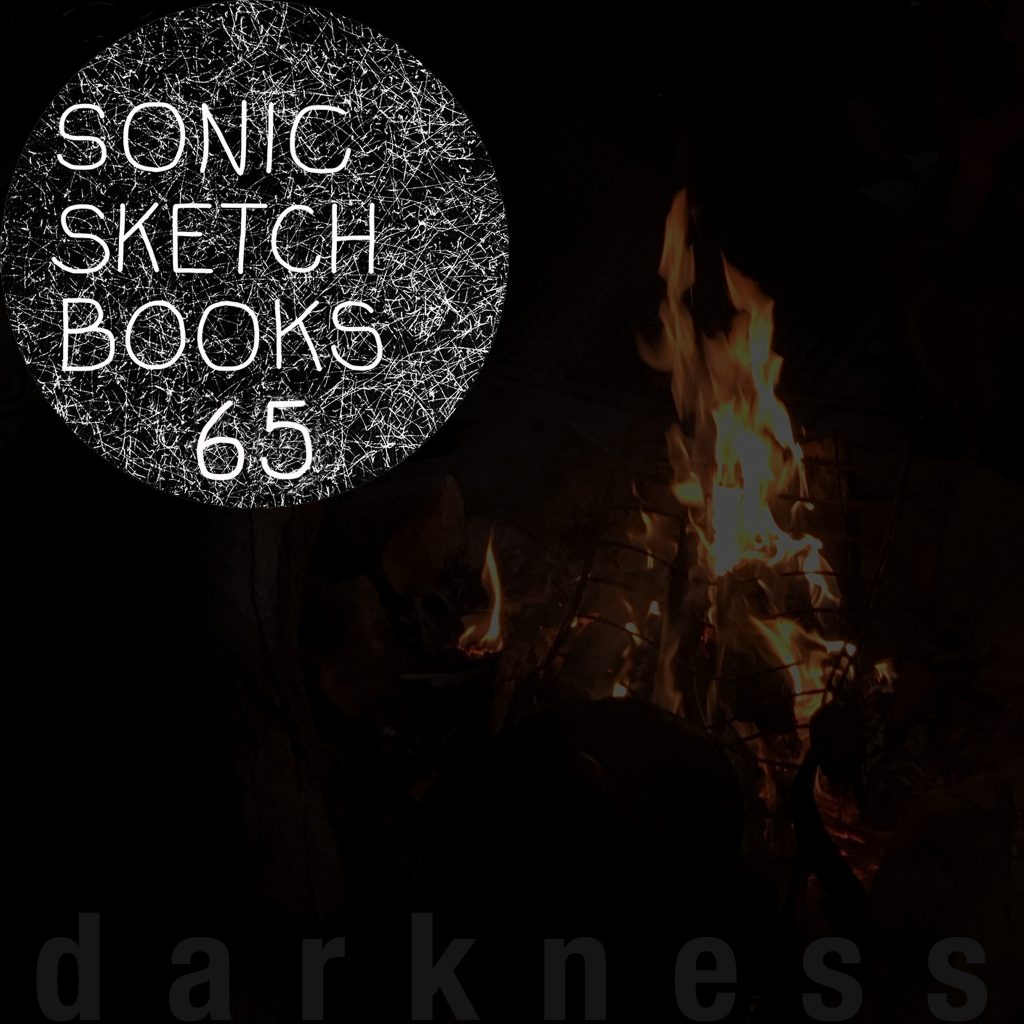
release date: 05 july 2022
listen on soundcloud
Of late I’ve been reading about 1816, the Year Without a Summer, a global experience of sudden disruption to normative climate cycles.
In 1815 Mount Tambora, a volcano on the island of Sumbawa in present-day Indonesia, erupted – violently. This, the largest such event in recorded history, in addition to a cataclysmic series of other effects locally over the course of years, blasted millions of tons of gases and particles into the upper atmosphere.
These volcanic aerosols distributed up there, encircling the earth, reflecting light and heat from the sun to such an extent that in 1816 crops failed across entire continents, waterways used for trade remained frozen after winter and ‘unseasonal’ storms caused widespread flooding and havoc. These impacts resulted in epic famines, social upheaval, refugee diasporas and general disquiet.
Artist such as Kaspar David Friedrich in continental Europe and JMW Turner in the British Isles recorded the resulting, persistent phantasmagoric atmospheric effects of deep red skies and darkened days in their paintings, with great visual acuity.
But no-one then made a connection between the southern hemisphere eruption and its global consequences. This correlation didn’t happen until the early 20th century after the 1883 eruption of Krakatoa and other major volcanic events that effected global climate.
Famously, Lord Byron, Percy Shelley and 19 years old Mary Shelley nee Godwin/Wollstonecraft decamped from England to Switzerland, where very cold, wet conditions persisted from winter into the European summer. Mary penned the story that would become ‘Frankenstein; or, The Modern Prometheus’ and Byron penned ‘Darkness’, an 82 line apocalyptic vision of the end of days in the cosmological extinguishment of all light.
Byron wrote Darkness when artificial lighting was produced directly by combustion of oils, wood, waxes or other fuels. In his poem humans burn everything in the world to produce light, to be able to see each other ‘once more’. The ubiquitous electric light we take for granted was yet to be invented. In 1780 husband and wife Luigi and Lucia Galvani discovered that static electricity could excite the nerves of dead frogs, Alessandro Volta invented the electric battery in 1799, and English inventor Francis Ronalds demonstrated the first electric telegraph for message transmission in 1816 – the Year Without A Summer. Our current deep reliance on electricity and its generation by combustion of fossil fuels and more recently nuclear fission, was well and truly seeded.
So I got to thinking about humanity and The Industrial as a kind of slow distributed volcano – another force of nature spewing millions of tons of gases and particulates into the atmosphere that sustains us, regardless of potential consequences. Today, many point to the narrative of 1816 as an object lesson in appreciating the great ecological systems of our planet and how the earths climate can be impacted by disturbing the fine balance of billions of years of entropic settling.
This episode arises from a re-reading of Byron’s poem Darkness, and looking at other poets’ interpretations of the dark, leap-frogging forward to poet Robert Lax in 1984 by way of Henry David Thoreau, Emily Dickinson, Yosano Akiko, Sylvia Plath and Gary Snyder.
The works I read, in sequence, are Darkness by George Gordon aka Lord Byron, 1816; an excerpt from Walden, or A Life in the Woods by Henry David Thoreau 1854; We Grow Accustomed to the Dark by Emily Dickinson circa 1862; an untitled tanka poem by Yosano Akiko from her 1901 book Tangled Hair; stanza 5 from Gary Snyder’s poem Hills of Home circa 1957, published in his 1986 compendium Left Out in the Rain; an excerpt of the Second Voice from the radio play Three Women: A Poem for Three Voices written for the BBC by Sylvia Plath and first performed in 1962; and finally Light, an emblematic 1984 work by Robert Lax.
As well as all being written, in some way, in response to experiences of darkness – phenomenological, psychological, metaphorical – the sequence charts a progression in form, addressing the question, What can a poem be?
